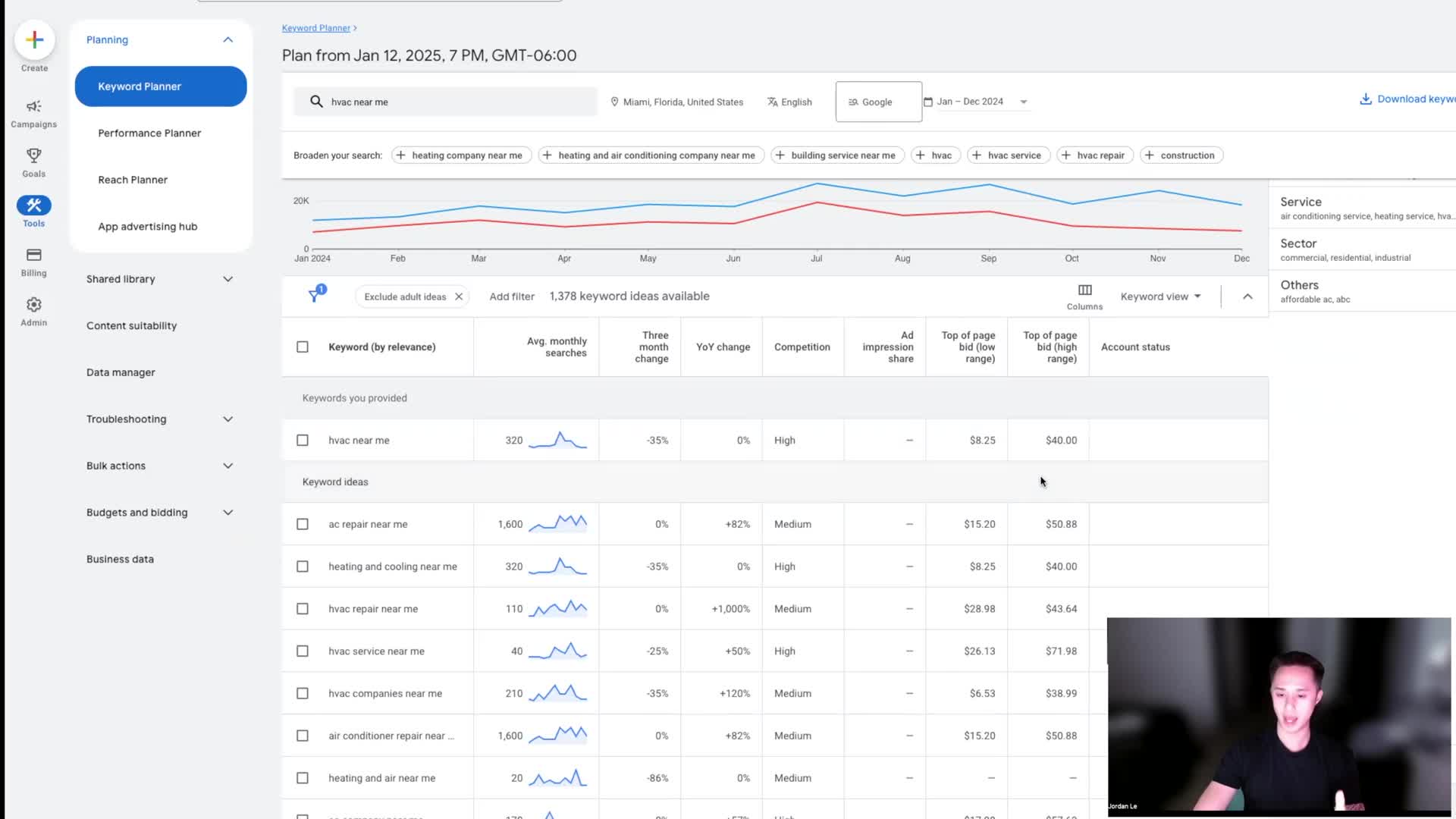Conversion Rate Optimization
Conversion Rate Optimization (CRO) is a vital strategy in digital marketing, focused on increasing the percentage of website visitors who complete desired actions, such as making a purchase or signing up for a newsletter. With increasing competition and rising digital advertising costs, businesses are compelled to maximize the value of every visitor that comes to their sites. By improving user experience through data-driven strategies, companies can enhance engagement and conversion rates while reducing customer acquisition costs. CRO encompasses a systematic approach that includes setting clear SMART goals, analyzing user behavior, and employing techniques like A/B testing and multivariate testing. Recent trends emphasize the importance of integrating advanced technologies such as artificial intelligence (AI), which provides dynamic adjustments based on user interactions, enabling more personalized experiences. Essential elements of effective CRO strategies involve optimizing landing pages for clarity, streamlining forms, and ensuring robust mobile responsiveness. Trust signals, such as customer reviews and social proof, play a pivotal role in enhancing user confidence and engagement, ultimately improving conversion outcomes. Incorporating CRO practices is crucial for businesses looking to boost their revenue statistics, turning mere visitors into loyal customers. As the digital landscape evolves, staying informed about the latest CRO trends and tools, including heatmaps and behavior analysis, allows marketers to implement targeted improvements and foster sustained growth in conversion rates.
Why is email marketing important for building relationships with audiences?
Email marketing is a powerful way to nurture and create relationships with audiences over time because it reaches them directly in their personal inboxes. Unlike other digital spaces, email remains a guarded personal domain that people still value, making it uniquely effective for connection. By delivering personalized emails with useful content and targeted campaigns, businesses can establish meaningful relationships with their audience. This approach not only builds trust but also increases conversions for products and services over time, making email marketing a critical component of an effective digital strategy.
Watch clip answer (00:26m)How is AI used in digital marketing analytics?
AI transforms digital marketing analytics by processing large amounts of data quickly to identify patterns and trends invisible to human analysts. It enables customer segmentation based on behavior and preferences, allowing marketers to target specific segments with personalized content in real-time. This personalization boosts engagement and conversion rates. Additionally, AI automates marketing analytics tasks like data analysis and segmentation, saving time and resources. It optimizes campaigns by analyzing performance data and suggesting improvements for SEO, landing pages, and email campaigns. For startups and small businesses, AI integration enables data-driven decisions and personalized customer experiences without extensive human resources.
Watch clip answer (03:10m)Why is tracking important for Google Ads campaigns?
Tracking is crucial for Google Ads campaigns because without proper tracking, business owners are essentially flying blind. When tracking is set up correctly, you know exactly where your leads come from, which keywords, ad copy, campaigns, and ad groups generated those leads. Proper tracking feeds valuable data back to Google, enabling the platform to optimize performance over time. As Google collects more conversion data, it can find similar high-quality leads, which gradually lowers your cost per click and cost per conversion. This data-driven approach ultimately increases your return on investment by helping Google continuously improve campaign performance instead of operating without direction.
Watch clip answer (01:17m)What are the advantages of digital marketing analytics?
Digital marketing analytics offers the significant advantage of measuring and tracking marketing campaign results accurately. With analytics tools, businesses can gather valuable insights including website traffic, conversion rates, and customer engagement, empowering them to make informed decisions and refine strategies for better outcomes. Unlike traditional marketing methods, digital marketing provides real-time data that enables businesses to adjust their campaigns on the fly. This data-driven approach allows marketers to optimize their activities for optimal results, making it possible to track performance continuously and respond quickly to changes in customer behavior or market conditions.
Watch clip answer (00:42m)What is the difference between a landing page and a website for ad conversions?
A landing page is specifically designed to convert paid traffic into leads, unlike a regular website. The key differences include simplicity (one focused page vs. many pages), no external links to prevent distractions, and content that's highly relevant to the specific ad. Landing pages typically achieve 20-40% conversion rates compared to websites' 10% or less. This optimization can potentially double your return on investment by providing visitors exactly what they need to become leads within the critical 7-second attention span window.
Watch clip answer (04:18m)What tools can be used to optimize conversion rates and understand user interactions?
Neil Patel recommends using tools like Crazy Egg to analyze how visitors interact with your website. These analytics tools reveal where users engage, where they get stuck, and where they don't interact, providing crucial insights for conversion rate optimization (CRO). With Crazy Egg's WYSIWYG editor, marketers can easily run A/B tests without complex technical knowledge. Patel also emphasizes the importance of multi-touch attribution in today's digital environment, particularly with video content which helps build brand awareness and generate long-term sales while improving search visibility on platforms like Google.
Watch clip answer (00:34m)




